Rats in Kansas: Types, Facts, and Tips for Homeowners
-
Pete Ortiz
- Last updated:
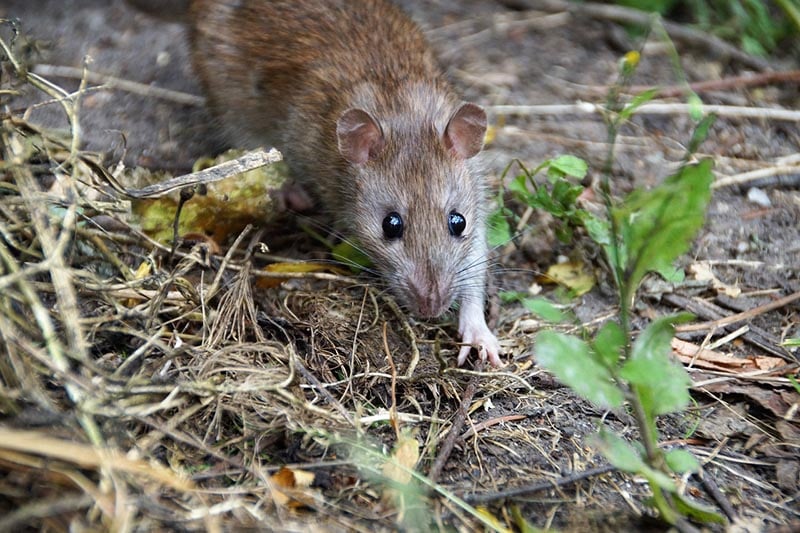
Since Kansas is a big agricultural state, you will eventually come across a rat or two. We all love animals but don’t want to see a rat in the house. They carry diseases, destroy our property, and eat our food. You want to evict these little critters as soon as possible.
The good news is there are ways you can keep rats away safely and effectively. You don’t have to put anyone or anything in danger for a rat-free space.
In this post, we discuss the four most common rats you’ll come across in Kansas and how to keep them away for good.
The 4 Types of Rats in Kansas
1. Eastern Woodrat
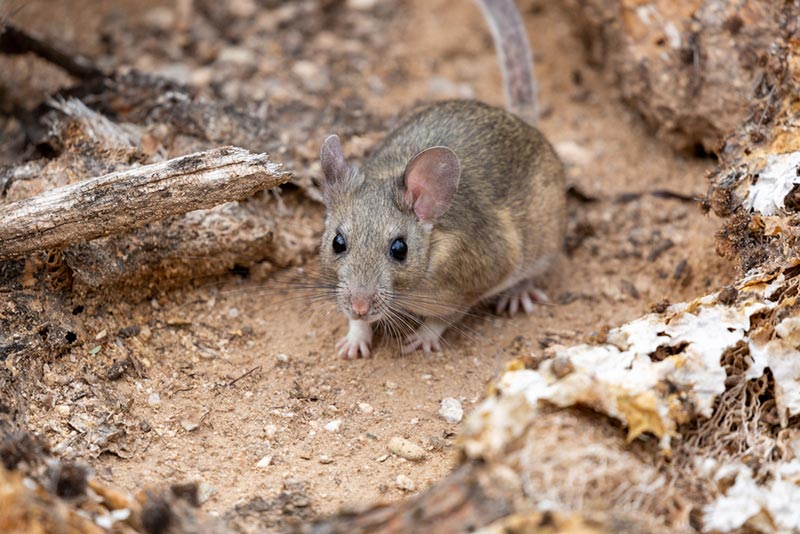
| Scientific name: | Neotoma floridana |
| Color: | Brownish-grey, White |
| Length: | 12–17 inches |
| Range: | East and North of Arkansas River |
Woodrats are the most common rats in Kansas. They’re brownish-grey and about 12–17 inches long. Other names for these rats are Trade Rats or Pack Rats.
Woodrats are well-known for collecting interesting items and returning them to their dens. If they find something better along the way, they’ll drop what they’re carrying and trade it for a better item. You’ll usually see a Woodrat most active one-half hour before sunset and one-half hour before sunrise.
Woodrats have a low reproductive rate compared to other rats, but they also live slightly longer, about 3–4 years, in the wild. You can find an Eastern Woodrat East and North of the Arkansas River, between Wichita and Missouri.
2. Gray Woodrat
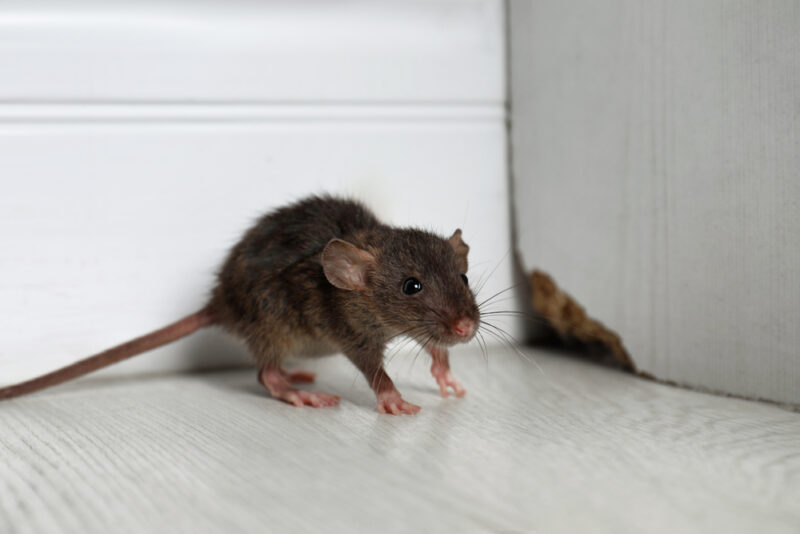
| Scientific name: | Neotoma micropus |
| Color: | Brownish-grey, White |
| Length: | 12–17 inches |
| Range: | South and west of the Arkansas river |
Like Eastern Woodrats, Gray Woodrats are another common rat in Kansas. These rats possess all the same qualities as an Eastern Woodrat- collecting items, low reproduction rates, and the same lifespan and fur color.
The only difference is where you’ll find a Grey Woodrat compared to its cousin. Gray Woodrats prefer to nest South and West of the Arkansas River, between Dodge City and the Oklahoma panhandle.
3. Norway Rat
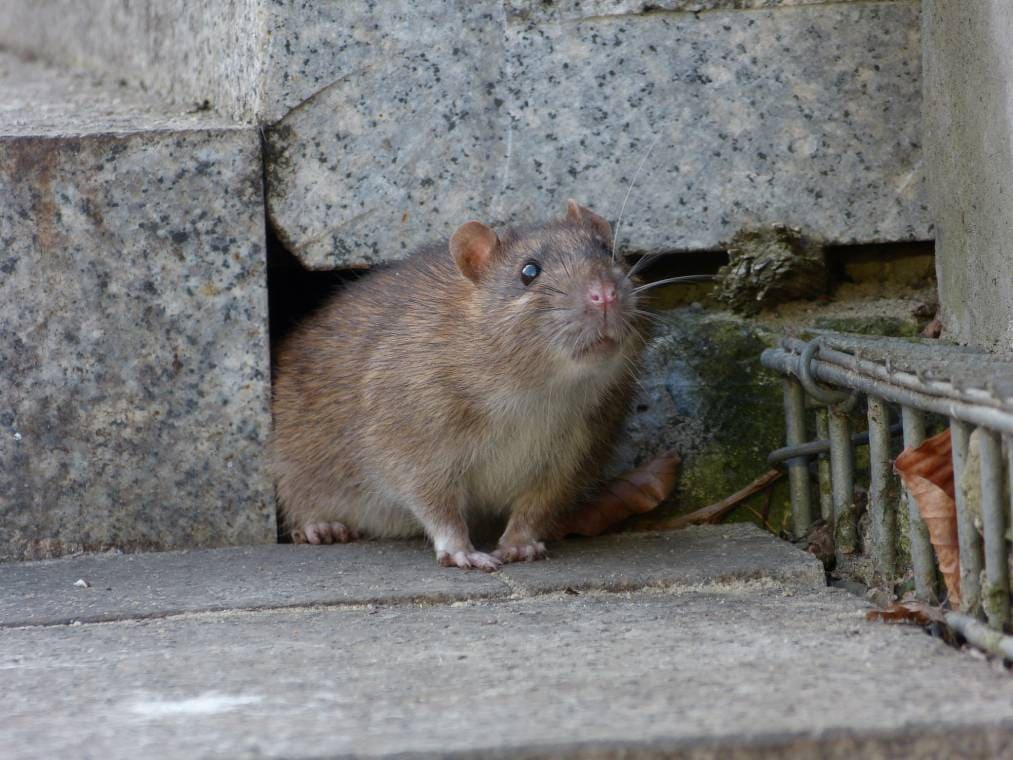
| Scientific name: | Rattus norvegicus |
| Color: | Brownish-grey |
| Length: | 16 inches |
| Range: | Every continent except Antarctica |
Norway rats can be found on every continent except Antarctica. They were native to Northern China but were introduced to the rest of the world in the 1700s. Their foraging skills and diverse diet have helped them survive in several climates.
Also called the Brown rat, Norway rats can live between 2–4 years old and reproduce quickly. In fact, females are ready for mating only 18 hours after they give birth.
Like other rats, Norway rats are most active during dusk and dawn. You can find them in urban and rural settings, although urban areas tend to have better food security.
4. Roof Rat
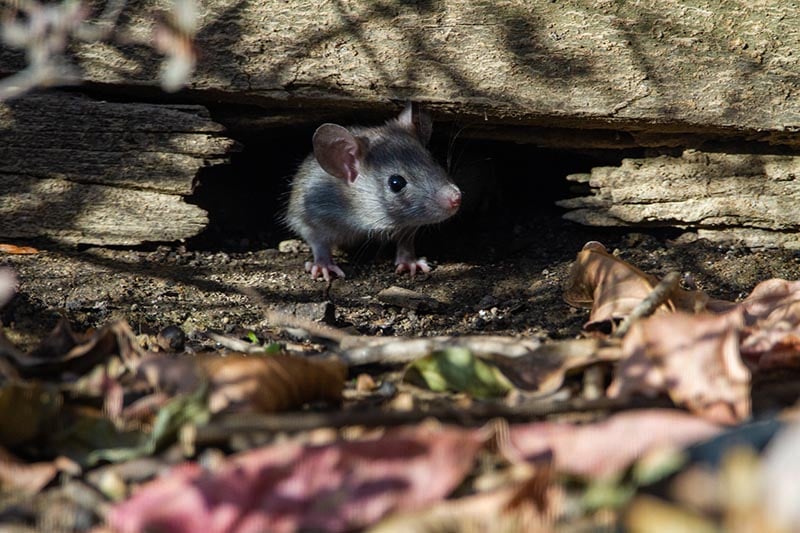
| Scientific name: | Rattus rattus |
| Color: | Brown, Black, Grey, White |
| Length: | 16 inches |
| Range: | Coastal states and tropical climates |
Roof rats prefer coastal states around the East coast and throughout Gulf states into Arkansas. You can even find them along the West coast and even in Hawaii. Ultimately, these rats prefer tropical climates where the weather is warm. Kansas isn’t a tropical state, but it is hot and humid for most of the year, so it makes sense to see roof rats from time to time.
Also called the Black Rat, Roof Rats like to be off the ground, nesting in trees and vine-covered fences. Any space with good vegetation that can provide a nest off the ground is an ideal habitat for Roof Rats.
Roof Rats like to enter a building through rooftop entryways and overhead utility lines. Attics and second stories are more prone to have roof rats since they want to be aerial.
Rats vs. Mice: What’s the Difference?
You’ve seen a furry critter scurry across your floor. But was it a mouse or a rat?
Mice and rats are very similar, but some key differences matter in how you get rid of them. Identifying a rodent is challenging because they don’t want you to see them. They move quickly and hide in hard-to-reach spaces.
Even so, try to identify what kind of rodent you have if you can.
- Rats are several inches larger
- Rats travel further from the nest than mice
- Rats leave grease marks on touched surfaces
- Rats produce fewer droppings (20–50 per day)
- Rat tails are hairless and scaly
- Rats have a blunt snout
It’s not easy getting a good look at a rodent. But if you can, it will help you in treating your home. The most significant difference between a rat and a mouse is the size. Mice could easily fit on top of a deck of cards. You probably have a rat if your rodent is too fat for Uno.
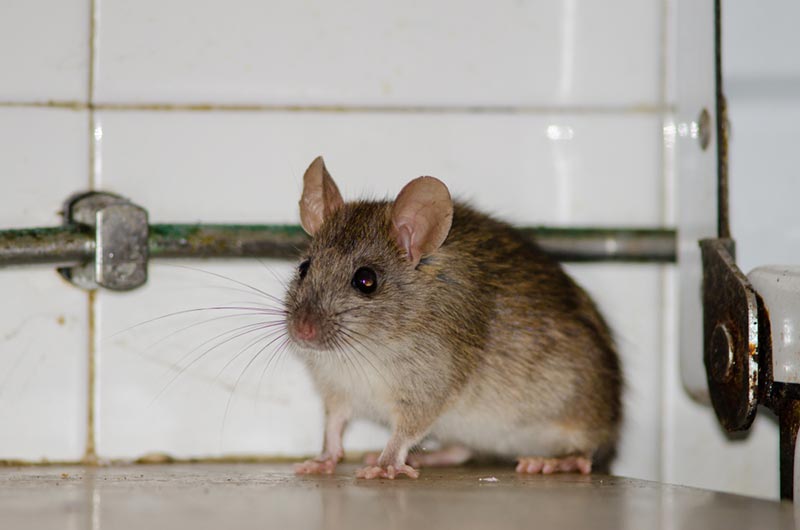
What Attracts Rats?
Rats look for the best deal they can find, usually in urban areas. In cities, there’s a steady supply of food scraps, fresh water, and many potential nesting spots. If these three survival necessities are met, rats will reproduce year-round.
Homes are excellent sources because food spills on the floors, attics, and basements are left unattended. If you don’t tidy up, a rat will accept it as a dinner invitation.
How to Get Rid of Rats in Your Home (Inside and Out)
A rat won’t willingly leave your home unless it finds a better offer elsewhere. However, you can make your home unsuitable for rats.
Clean and Conceal
Just because you have rats doesn’t mean your house is dirty. Rats will take any opportunity for a free meal, so it helps to clean the kitchen and eating areas before you go to bed.
Wipe down the kitchen and dining area, ensuring no food scraps are on the counters and floors. Put food away and tightly seal it in a space where rats can’t reach. Avoid leaving food in bags like flour in chips. Instead, use jars or plastic containers to keep them out of reach.
Close Off Entrances
Rats are good climbers and can find ways into your home quickly. Vents, crawl spaces, attics, and basements should all be well concealed. Holes larger than a half inch should permanently be sealed.
Something homeowners don’t think about is double fencing. Double fencing allows for dead spaces where foliage and trash can accumulate. It can easily become a rat sanctuary, so avoid double fencing when you can.
Weed and Prune
Rats will find shelter under vining plants, so trim shrubbery to allow for about 12 inches of open space on the ground. Tree limbs should be 4 inches away from roofs, vents, and utility wires.
Rats also take all kinds of things to their nests, including dead plant material. Indoor and outdoor plants should be pruned, and compost should be concealed.
Clean Up After Pets
Pet waste and leftover food can easily attract rats, inside and outside. Ensure backyard waste is cleaned, and no pet food is left out for late-night munching.
Remove Property Junk
It’s easy for junk to accumulate on your property, especially around fire pits. But debris quickly becomes a home for rats, so clear it out before it becomes a problem.
Find a pest-control specialist in your area, and get free, no-commitment estimates for your project.Consult a PEST-CONTROL expert


Dealing With Rat Infestations
Rats are social creatures, so if you see one rat, there is probably more hiding. You can probably get rid of a few rats by yourself. Still, you may need to enlist an exterminator’s help for infestations.
Other options include rodenticides. However, these can harm other creatures since rats don’t always take the bait immediately. There’s also the risk of children. Woodrats are known to take the poison back to their den and don’t eat it for some time.
Other traps like glue boards can help. When a rodent steps onto the glue, it gets stuck. The adhesive can be broken down using vegetable oil. However, the rodent will die slowly if you don’t remove it.
Snap traps are highly effective because the rodent dies immediately, and you don’t have to use rodenticides to get the job done.
Of course, there’s always the handy house cat to do the work. Rodents typically avoid homes with cats for obvious reasons. The only downside is a cat can chase a rodent into a wall space. You may never see the rodent again, but that doesn’t mean it left indefinitely.
Conclusion
We don’t want rats entering our homes, and for good reason. With the information you’ve learned about rats in Kansas in this post, you should be able to start rat-proofing your home in no time. Even with a cat, no home is rat-proof. It’s better to take precautions than deal with an exterminator later.
Featured Image Credit: ivabalk, Pixabay
Contents




